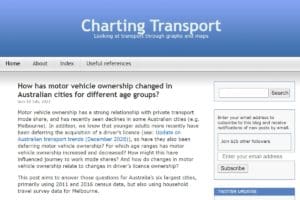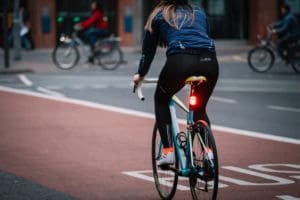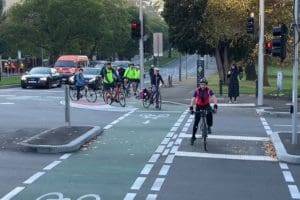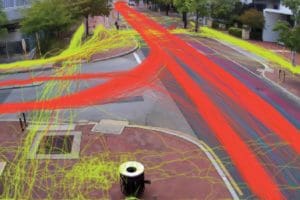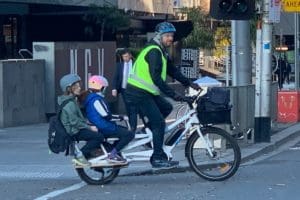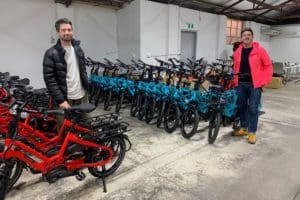Melbourne
Lime Eases Financial Squeeze for Low-Income Customers
Charting Transport – A Treasure Trove of Insights
1,000 Cyclists to Gather Safety Data – Automatically
On 7th July 2021 the Victorian Government is launched an Australian-first trial, using smart bike light technology that will assist in finding new ways to reduce road trauma in cyclists. The 12-month trial will see a diverse group of 1,000 Victorians given access to a See.Sense smart bike light, with the technology capturing crucial road safety insights, as well as providing safety benefits in the form of increased visibility.
New Smarter Bike Detectors Launched in Australia
Five Ways to Measure If a Bike Lane is Working
Over $100 Million of Cycling Infrastructure Commences Construction in Melbourne
Most residents of Melbourne would be aware of the West Gate Tunnel Project, but those living elsewhere in Australia may not have heard of this project and even Melbourne residents might not be aware of how much new cycling infrastructure is supposed to be included. In summary, the West Gate Tunnel Project is a huge…
Why Now is the Right Time for an E-bike Subsidy in Australia
By Dr Elliot Fishman* In May 2021 the Victorian government, in response to heavy criticism of their electric vehicle road user charge, announced a $3,000 subsidy for the purchase of an electric vehicle priced under $68,740. This week, NSW has followed up with its own $3,000 rebate and a stamp duty exemption. The ACT government…
A Tale of Two Cities
I’ve never actually lived in Melbourne. But over the past 31 years since starting Bicycling Australia, our first cycling media business, I’ve usually visited Melbourne, which is the centre of Australia’s bicycle industry, at least six times per year… once every eight weeks or so. That totals around 200 visits, so it’s a familiar city to me.
How Do You Get Beginners Riding $7,000 e-Cargo Bikes?
Most readers of the Micromobility Report would probably agree that getting more people riding bikes more often is a good idea. By extension, they’d say that getting more families on bikes, more young kids travelling to school via bike, more shopping done by bike and a host of other everyday applications, would be even better.


